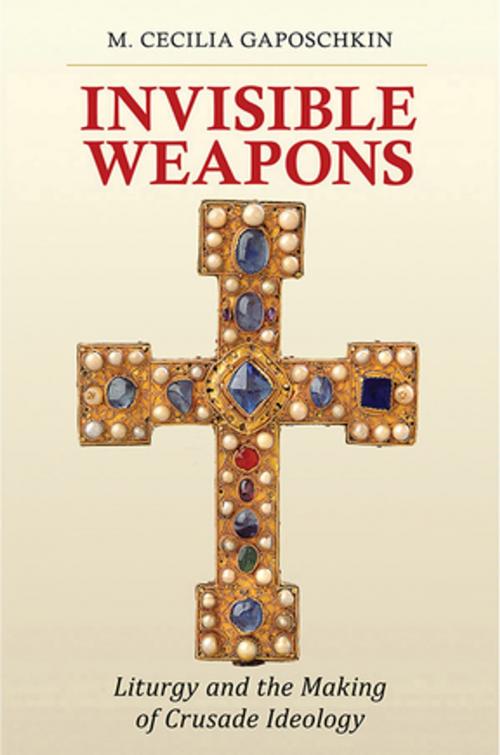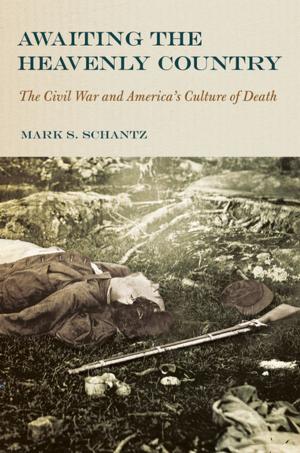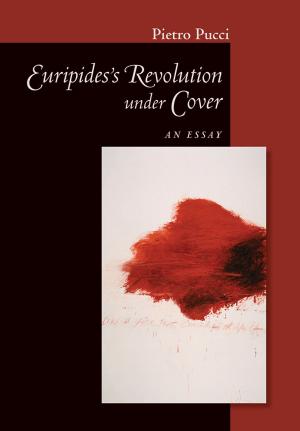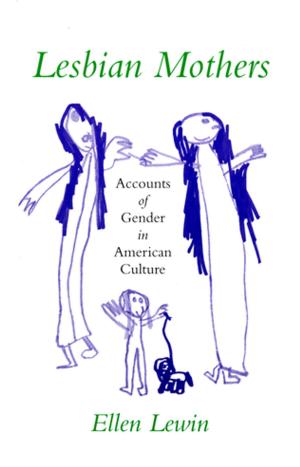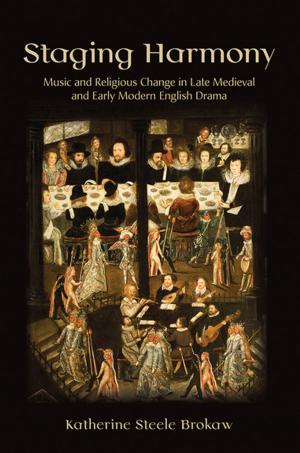Invisible Weapons
Liturgy and the Making of Crusade Ideology
Nonfiction, History, Medieval, Religion & Spirituality, Christianity, Church| Author: | M. Cecilia Gaposchkin | ISBN: | 9781501707971 |
| Publisher: | Cornell University Press | Publication: | January 17, 2017 |
| Imprint: | Cornell University Press | Language: | English |
| Author: | M. Cecilia Gaposchkin |
| ISBN: | 9781501707971 |
| Publisher: | Cornell University Press |
| Publication: | January 17, 2017 |
| Imprint: | Cornell University Press |
| Language: | English |
In 1098, three years into the First Crusade and after a brutal eight-month siege, the Franks captured the city of Antioch. Two days later, Muslim forces arrived with a relief army, and the victors became the besieged. Exhausted and ravaged by illness and hunger, the Franks were exhorted by their religious leaders to supplicate God, and for three days they performed a series of liturgical exercises, beseeching God through ritual prayer to forgive their sins and grant them victory. The following day, the Christian army, accompanied by bishops and priests reciting psalms and hymns, marched out of the city to face the Muslim forces and won a resounding and improbable victory.
From the very beginning and throughout the history of the Crusades, liturgical prayer, masses, and alms were all marshaled in the fight against the Muslim armies. During the Fifth Crusade, Pope Honorius III likened liturgy to "invisible weapons." This book is about those invisible weapons; about the prayers and liturgical rituals that were part of the battle for the faith. M. Cecilia Gaposchkin tells the story of the greatest collective religious undertaking of the Middle Ages, putting front and center the ways in which Latin Christians communicated their ideas and aspirations for crusade to God through liturgy, how liturgy was deployed in crusading, and how liturgy absorbed ideals or priorities of crusading. Liturgy helped construct the devotional ideology of the crusading project, endowing war with religious meaning, placing crusading ideals at the heart of Christian identity, and embedding crusading warfare squarely into the eschatological economy. By connecting medieval liturgical books with the larger narrative of crusading, Gaposchkin allows us to understand a crucial facet in the culture of holy war.
In 1098, three years into the First Crusade and after a brutal eight-month siege, the Franks captured the city of Antioch. Two days later, Muslim forces arrived with a relief army, and the victors became the besieged. Exhausted and ravaged by illness and hunger, the Franks were exhorted by their religious leaders to supplicate God, and for three days they performed a series of liturgical exercises, beseeching God through ritual prayer to forgive their sins and grant them victory. The following day, the Christian army, accompanied by bishops and priests reciting psalms and hymns, marched out of the city to face the Muslim forces and won a resounding and improbable victory.
From the very beginning and throughout the history of the Crusades, liturgical prayer, masses, and alms were all marshaled in the fight against the Muslim armies. During the Fifth Crusade, Pope Honorius III likened liturgy to "invisible weapons." This book is about those invisible weapons; about the prayers and liturgical rituals that were part of the battle for the faith. M. Cecilia Gaposchkin tells the story of the greatest collective religious undertaking of the Middle Ages, putting front and center the ways in which Latin Christians communicated their ideas and aspirations for crusade to God through liturgy, how liturgy was deployed in crusading, and how liturgy absorbed ideals or priorities of crusading. Liturgy helped construct the devotional ideology of the crusading project, endowing war with religious meaning, placing crusading ideals at the heart of Christian identity, and embedding crusading warfare squarely into the eschatological economy. By connecting medieval liturgical books with the larger narrative of crusading, Gaposchkin allows us to understand a crucial facet in the culture of holy war.
